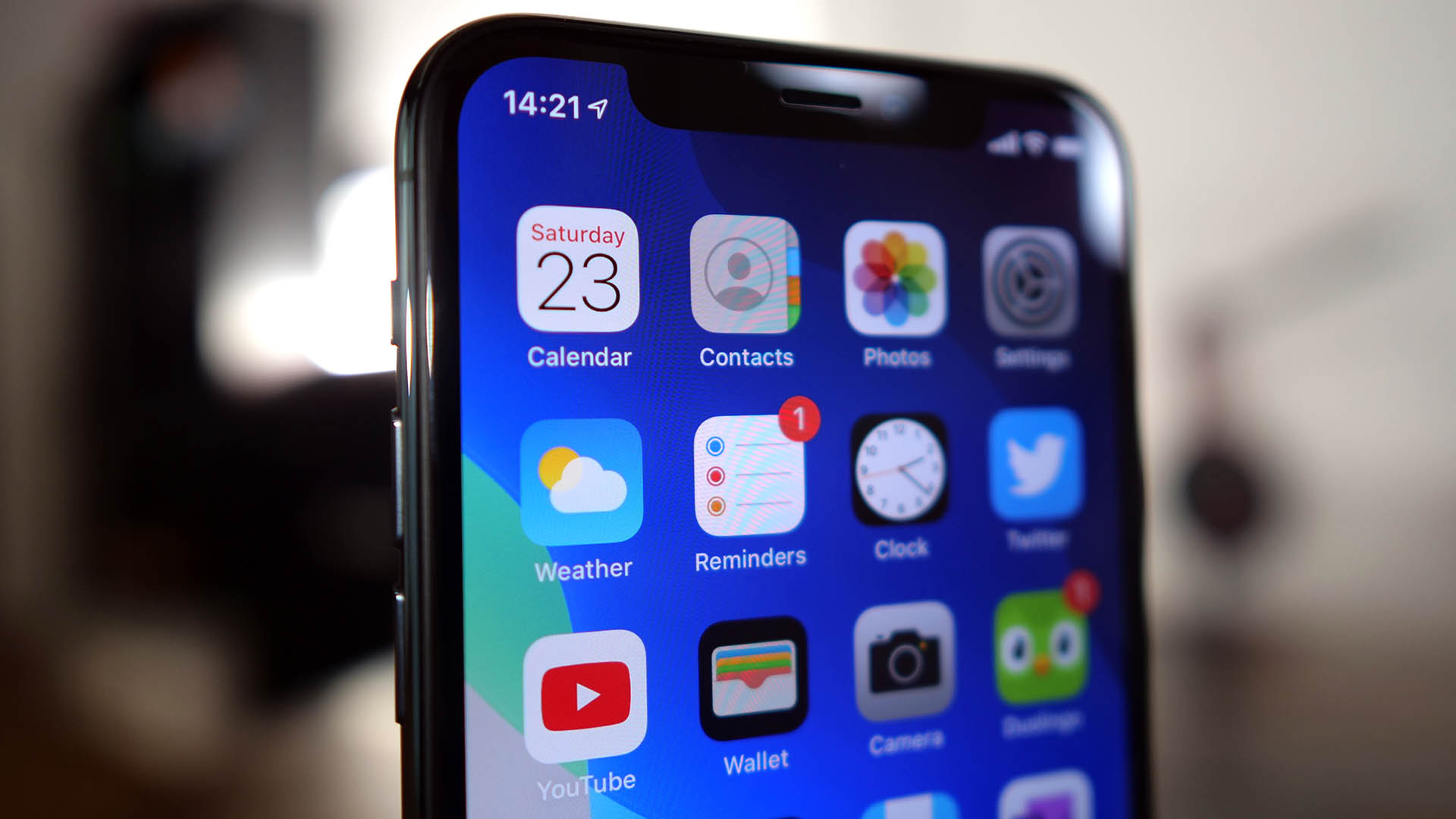Merck, a leading science and technology company, today announced partnership agreements with Optitune Oy, Oulu, Finland and Solip Tech Co., Ltd., Daejeon, South Korea, to bring the first products under the new umbrella brand liviFlex to the display market. liviFlex offers a novel range of display materials that addresses challenges in the manufacture of flexible, foldable and rollable OLED displays, which are known as free-form displays. With its Performance Materials business sector, Merck is a leading player in the electronic materials market and materials for OLED displays are one of the defined investment focus areas for future growth.
“Free-form devices are one of the fastest-growing trends in data-driven electronics,” says Michael Heckmeier, Head of the Display Solutions business unit within the Performance Materials business sector of Merck. “Our partnership with Optitune and Solip Tech allowed us to quickly respond to the market requirement to develop robust and reliable solutions for our display customers. We are excited to bring our first liviFlex products to the market and look forward to further tapping into this exciting field of free-form displays.”
The first liviFlex series is called liviFlex-H, which offers versatile and customizable hard coat solutions. These polymerizable solutions cover all key technology parameters for free-form devices: hardness, scratch resistance, flexibility, and optical characteristics, such as transparency and color. With these partnerships, Merck is combining new R&D capabilities and material systems with decades of experience in delivering highly reliable and superior quality solutions to the display industry. Financial terms were not disclosed.
Contrary to the flat, rectangular shape of standard displays, free-form OLED displays offer bespoke shapes and novel design features with surfaces that can be bent, folded, stretched, or rolled. In order to enable these properties, the display materials in these devices must be thin yet robust to prevent display stress caused by continuous folding and rolling. Compared with standard displays, free-form OLED displays require a reduction of about 60% of the display module’s thickness.
Revenues of free-form displays are expected to reach US$ 8.9 billion by 2025, which is 13 times the revenue generated by this segment today.
